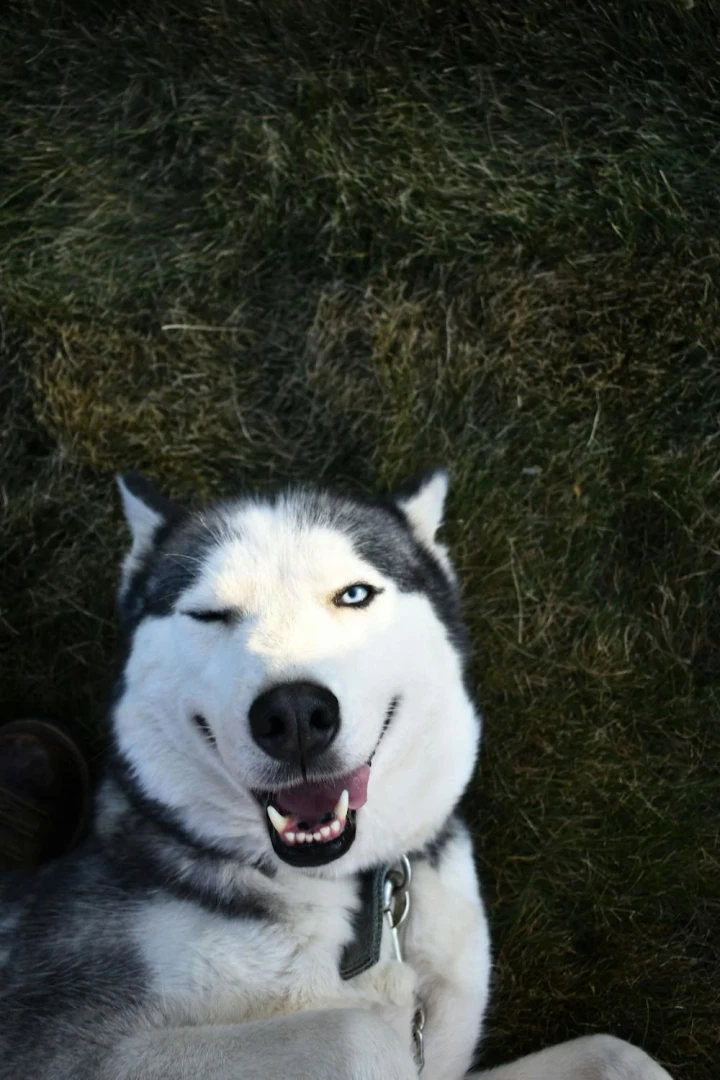The Siberian Husky is a medium-sized, energetic working dog, originally bred in Siberia for pulling sleds over long distances. This breed descends from ancient Arctic sled dogs, resulting in an intelligent, strong, and highly social companion.
- Origin: Siberia, developed for sledding and endurance work.
- Smart and trainable: Quick learner but can be independent.
- Loyal and social: Forms strong bonds with its family and other dogs.
- Energetic and playful: Requires daily exercise and mental stimulation.
- Thick, double coat: Weather-resistant but sheds heavily and needs regular grooming.
The Siberian Husky is a friendly and adventurous companion, excelling in endurance sports, obedience, and agility. With proper training and early socialization, they become well-mannered, affectionate pets suited for active owners and outdoor enthusiasts.


 Breed Size
Breed Size
 Coat
Coat
 Care
Care
 Breed Traits
Breed Traits
 Breeds Club Recognition
Breeds Club Recognition